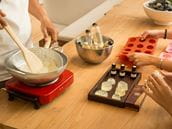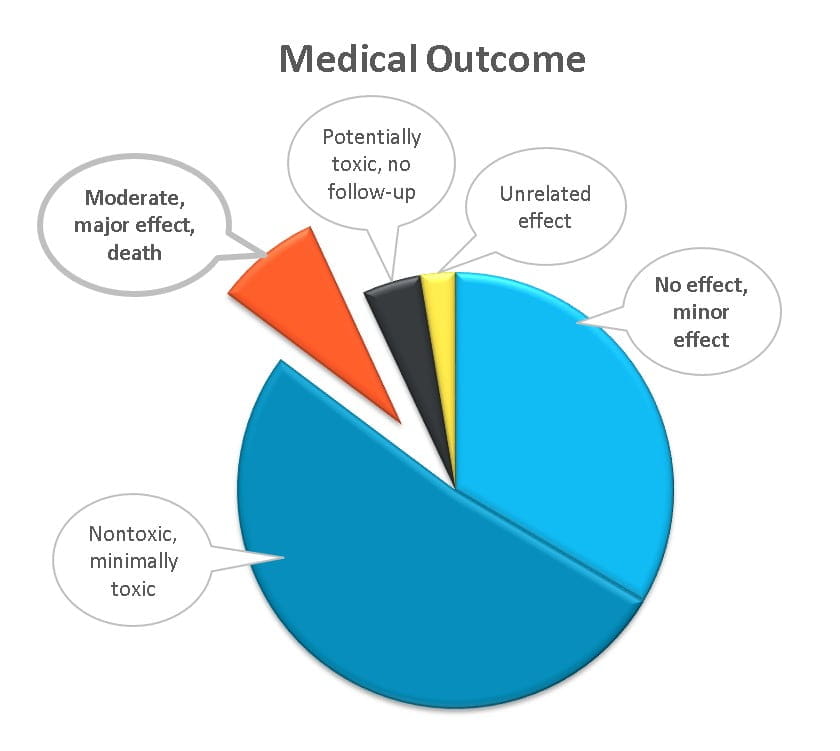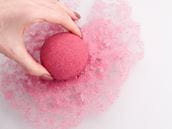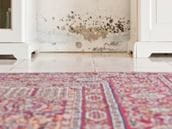
Is It Safe to Make Soap at Home?
Soapmaking is a popular home activity, but potentially hazardous chemicals are often involved. Use of pre-made soap bases, or “melt and pour” products, is a safer way to make homemade soap.
Displaying 81 - 90 of 153 results for "plants"
Soapmaking is a popular home activity, but potentially hazardous chemicals are often involved. Use of pre-made soap bases, or “melt and pour” products, is a safer way to make homemade soap.
When used as directed, bath bombs and bath fizzies are safe. Skin irritation can occur in some people and eye irritation is expected to occur if splashed in the eyes. Unintentional ingestion of small amounts is expected to cause minor effects such as oral irritation, nausea, vomiting, and diarrhea. Swallowing larger amounts has the potential to cause serious toxicity.
September 2017 Press Release: webPOISONCONTROL® launches comprehensive upgrade.
Common and dangerous poisons. If you suspect someone has been poisoned, call or use webPOISONCONTROL®, the online tool for those who prefer not to call.
You can gauge the extent and location of your dog's pain by watching his behavior, mood, and response to being touched. Anything more than very mild pain requires examination by a veterinarian who can prescribe the most appropriate medication. Over-the-counter pain medications intended for humans should never be used in dogs without consulting a veterinarian.
Mold is a non-scientific term for many types of unwanted fungi found both indoors and outdoors. Active mold growth requires moisture. Actively-growing mold damages the material it lives on, thereby impairing structural integrity. In addition, mold is associated with some untoward health effects in humans, including allergies and infections.
In 2020, U.S. poison control centers provided telephone guidance for over 2.1 million human poison exposures. That's one poison exposure reported every 15 seconds. While poisoning affects ALL age groups, peak poisoning frequency occurs in one- and two-year-olds, with children younger than 6 years comprising more than a third of poison exposures (38%). Since 2008, poisoning fatalities have exceeded those from motor vehicle traffic.
In 2019, U.S. poison control centers provided telephone guidance for over 2.1 million human poison exposures. That's one poison exposure reported every 15 seconds. While poisoning affects ALL age groups, peak poisoning frequency occurs in one- and two-year-olds, with children younger than 6 years comprising nearly half of poison exposures (43%). Since 2008, poisoning fatalities have exceeded those from motor vehicle traffic.
The bell-shaped flowers and red berries of the foxglove plant attract children. Despite its beauty, the foxglove is poisonous and is one of many reasons to watch children closely when they play outdoors. It’s also an excellent reason NOT to prepare your own herbal medicines from wild plants.
There are many possible causes of food poisoning: bacteria, viruses, pesticides, natural toxins, molds, parasites, and more. There are so many types of food poisoning that there are many possible symptoms. Food poisoning is especially dangerous for infants, young children, elderly people, and those with chronic health conditions or weak immune systems.
Don't guess what you should do. Get accurate Poison Control answers online or by phone. Both are free and confidential.
or CALL 1-800-222-1222
Save the poison control number and the link to online help NOW! Text-to-save or download directly to save our vcard to your computer and smartphone contacts.
The Poison Post® is a free, quarterly
e-newsletter delivering poison prevention tips right to your inbox!
Learn the Poison Help jingle in English or Spanish. Use these jingles to teach the Poison Control number: 1-800-222-1222. Available for download.









